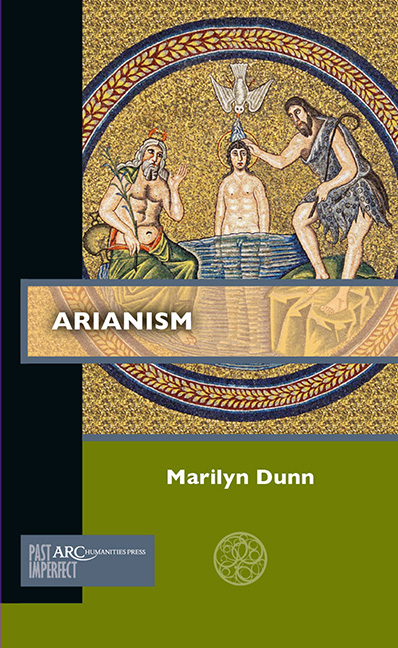Chapter 5 - Arianism after Arianism
Published online by Cambridge University Press: 18 June 2021
Summary
The Lombards, who entered Italy from Pannonia in 568, have traditionally been thought of as the last barbarian people to become Arians. The concept of Lombard Arianism owes much to older and misleading ideas of what Arianism actually was— the core assumptions against which this book is directed. For example: historians formerly discussed the Lombards’ acceptance of Homoian Christianity before they entered Italy, visualizing its spread along the Danube to Herules, Pannonian Suevi, and Rugi and the incorporation of many Arians from these groups amongst the Lombards prior to their move into Italy. Such viewpoints are based on notions of the wholesale conversion of entire peoples to Christianity and the absorption of Homoianism simply as a result of contact. But we have seen that conversions were much more complex and fragmented, with warrior groups coalescing and dissolving and Homoianism being imposed on leaders by others as a token of hegemony or allegiance. The dispersal of the Rugi and the defeat of the Pannonian Sueves argues against their being able to compel Lombard leaders to convert; and while one Lombard ruler married the daughter of a Herule king, this was only after subjugating him.
Another factor contributing to the illusion of Lombard Arianism is the assumption that—if Lombards had converted after entering Italy—the choice they faced was one between Arianism or Nicene Christianity—or, strictly speaking, Nicene– Tricapitoline Christianity, because much of the Northern Italian Church had been estranged from the popes (in the “Three Chapters” or Tricapitoline Schism) since the mid 550s. But the evidence of other conversions demonstrates that for groups entering the Roman Empire the options were the status quo—paganism—or Nicene Christianity. Before their move into Italy, the Lombards’ pagan leader Alboin received a Homoian delegation: but he also put out feelers to Nicene Christianity—although, tellingly, his first approach seems to have been to the potent relics of the saints that rested in the Roman basilicas rather than to the pope.
By the time the Lombards entered Italy, Homoianism was the religion of the losers and rapidly fading from memory. In 551, the church of St. Anastasia in Ravenna was selling off land and Ravenna's remaining Homoian assets passed to the Nicene bishop by 565. Homoians did not control Italy's major relic shrines.
- Type
- Chapter
- Information
- Arianism , pp. 103 - 110Publisher: Amsterdam University PressPrint publication year: 2021



